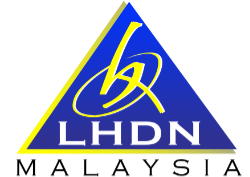Jawapan:
TP generally refers to intercompany pricing arrangements for the transfer of goods, services and intangibles between a multinational company and a subsidiary company within the country itself (local transfer pricing) or across the border abroad (cross border). These transactions are called controlled transactions or related party transactions.
The selling price of a product charged by the parent company to the subsidiary company may differ from the selling price with an independent third party. This determination of the sale price may be referred to as the transfer price.
Article 9, OECD Model Tax Convention On Income and On Capital - OECD defines related companies as:
- One of the companies participates directly or indirectly in the management, control or capital of the other company; or
- Same persons participate directly or indirectly in the management, control or capital of both companies
Section 139 of the ITA 1967 has provided a person shall be taken to have control of a company if he exercises or is able to exercise or is entitled to acquire control (whether direct or indirect) over the company’s affairs and in particular, without prejudice to the generality of the preceding words, if he possesses or is entitled to acquire the greater part of the share capital or voting power in the company.
